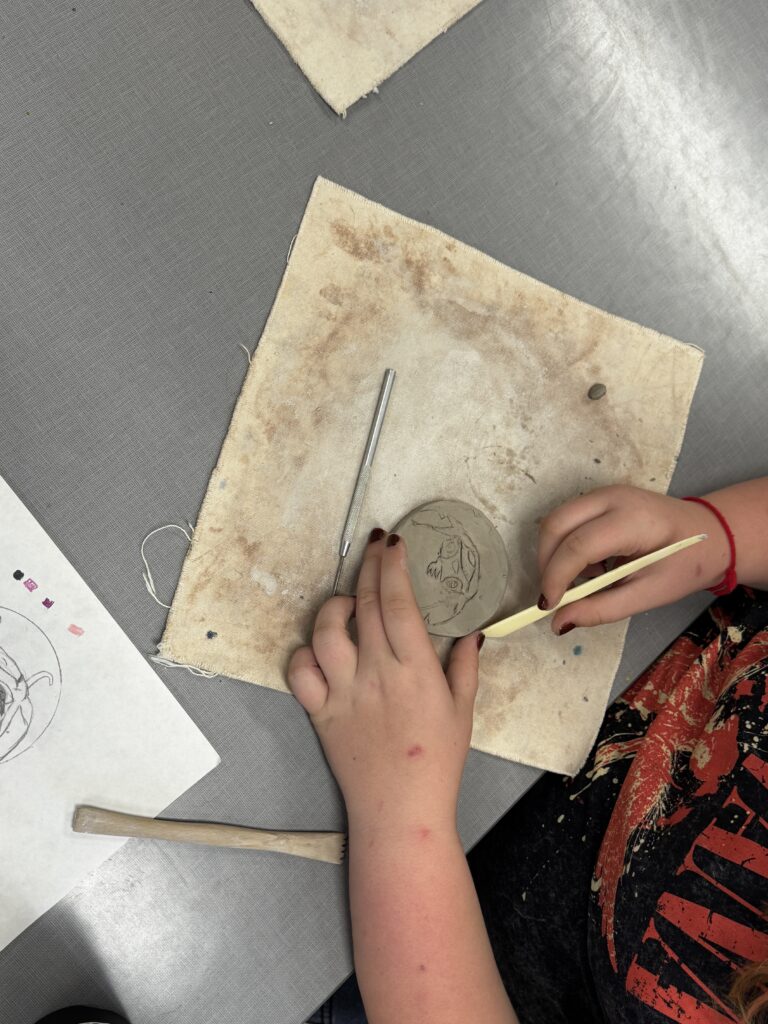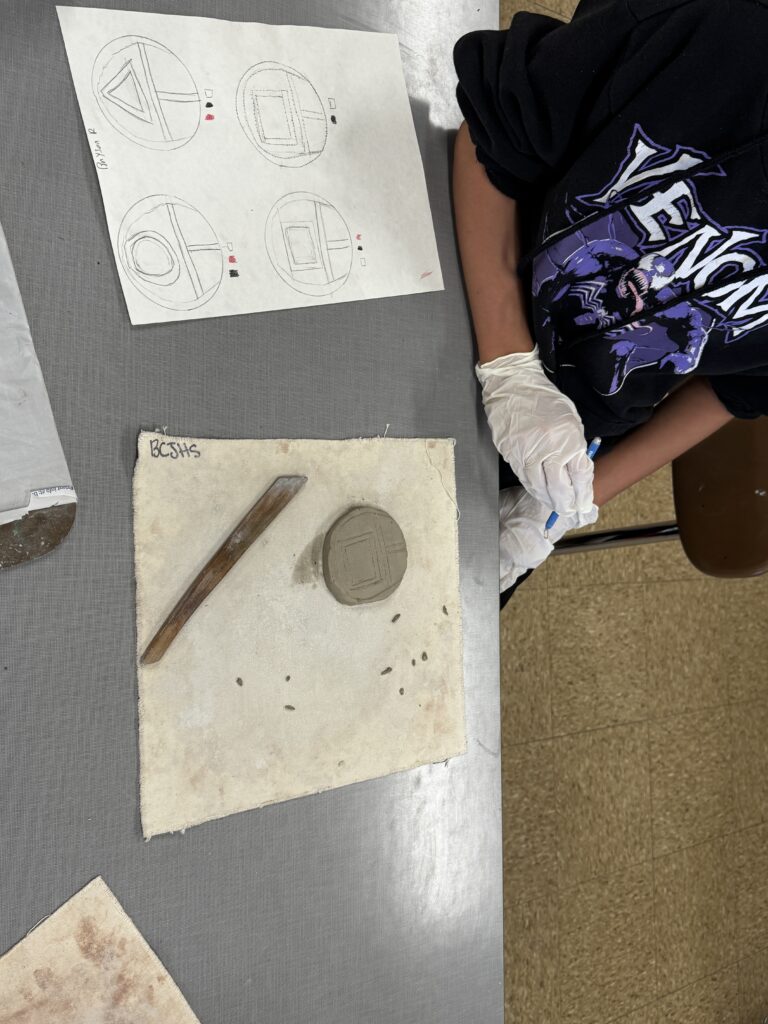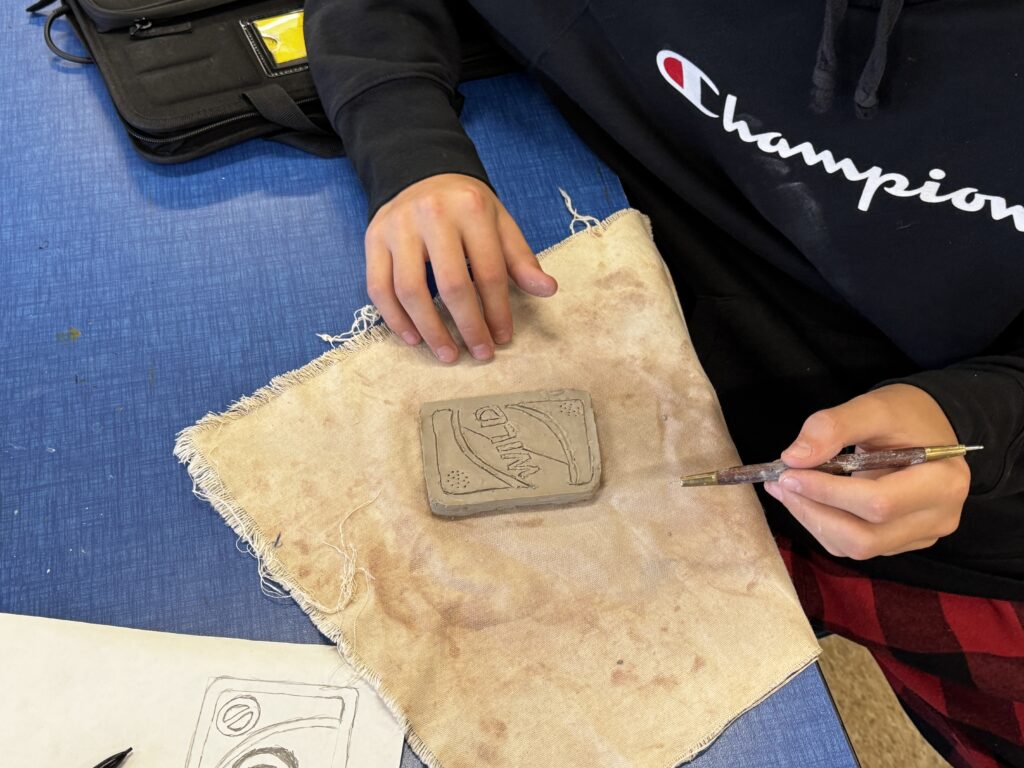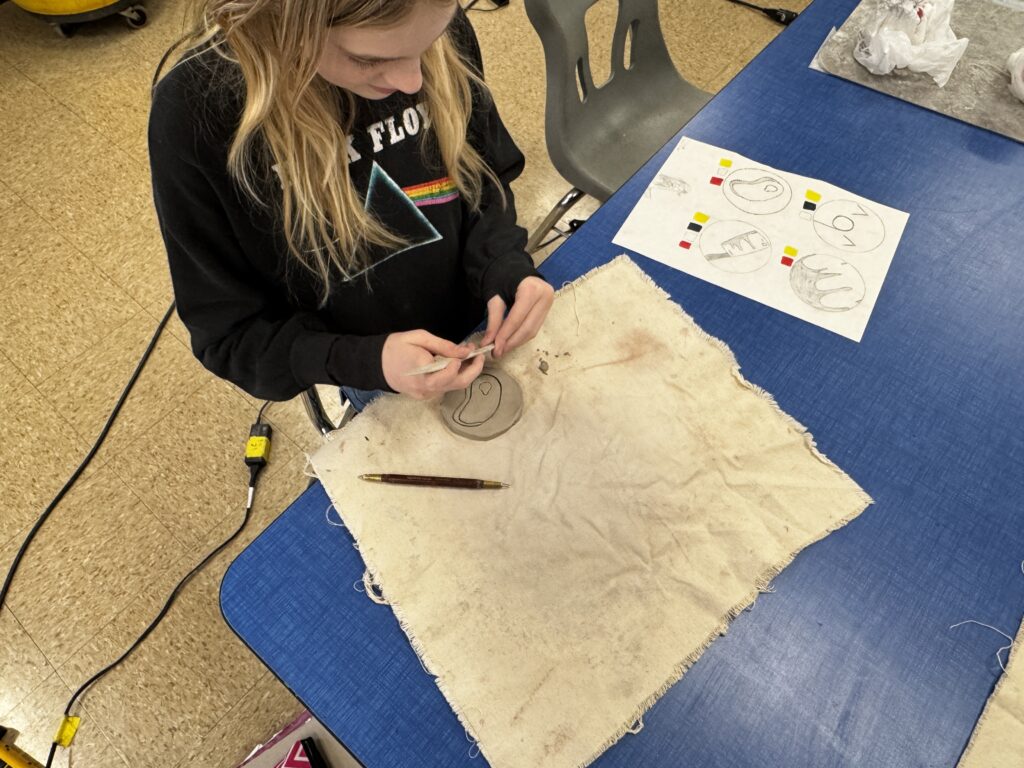October 24th
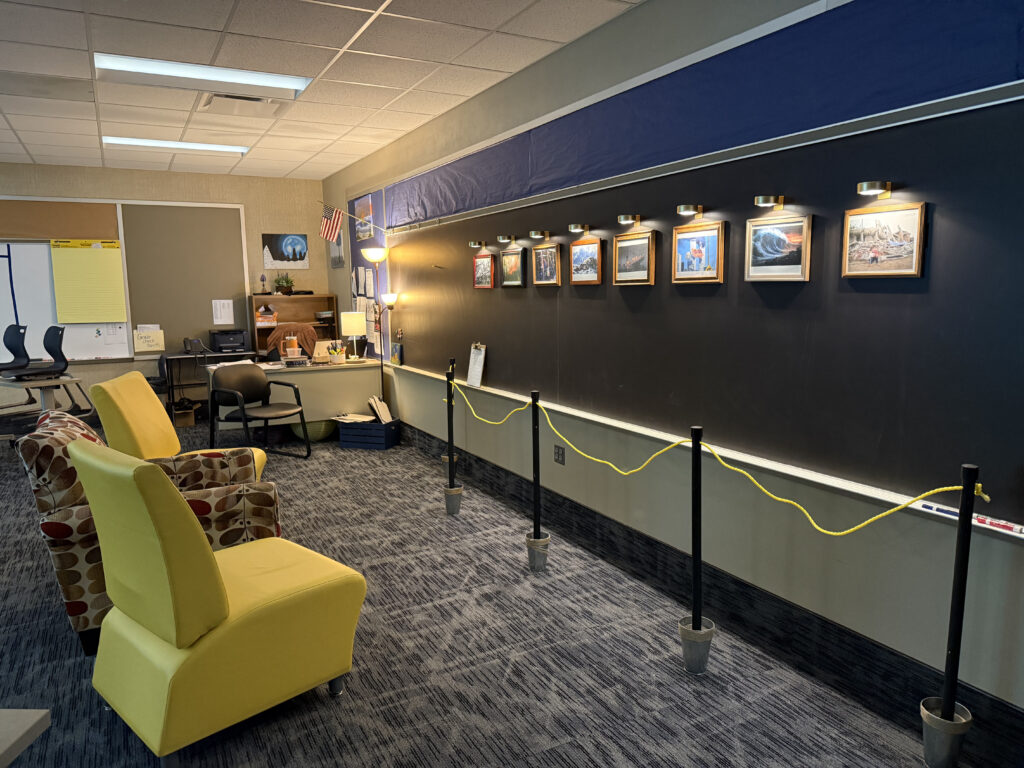
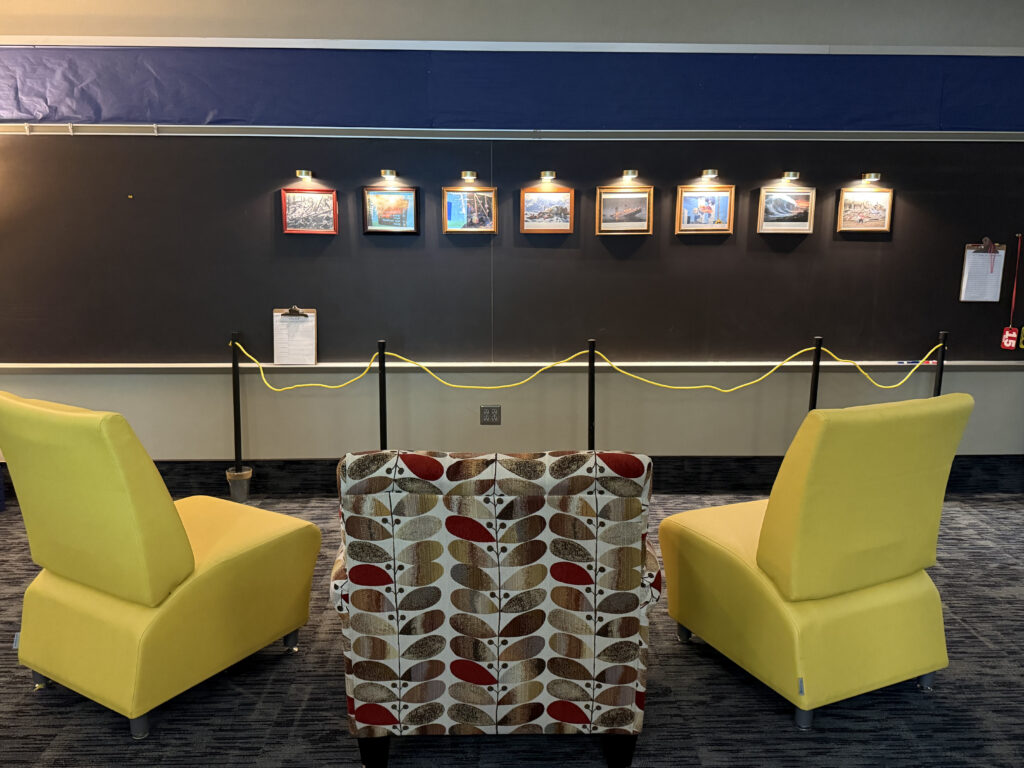
From Mrs. Hoffman’s 6th-Grade class:
“Imagine… your classroom has been transformed into a photo gallery with lights illuminating scenes of destruction and tragedy. There is a small sitting area in front of the roped off area below the gallery. You begin to draw upon your previous experiences in the past unit’s texts, activities, and what was gleaned as a result. That is exactly what I hoped would happen~ and all before the lesson started!
Students entered the classroom this morning and immediately began to surmise what the “gallery” was for, and making connections to what the last unit was about- having courage and bravery in the face of fear.
The “gallery” consisted of 8 photos of real disasters or tragedies that caused people (and animals) to fight for survival. No one involved in these scenes of destruction expected to face the unthinkable events of that particular day.
Each student used an organizer to record observations and noticings about each photo event~ all the while there was gallery music playing in the background and the lights were dimmed for effect. Students quietly talked with their peers about what they observed, and made inferences about causes and effects; survivors and those that perished. It was heartwarming to listen to them talk amongst themselves, with each adding ideas using the background knowledge they have to contribute to the activity!
Once they had their data, they got into table groups to create a collective list of observations on one half of a piece of chart paper; other side was for Themes. Students came up with possible themes/big ideas for the collection in the gallery- and as a whole, arrived at the unit’s title: Surviving the Unthinkable.”
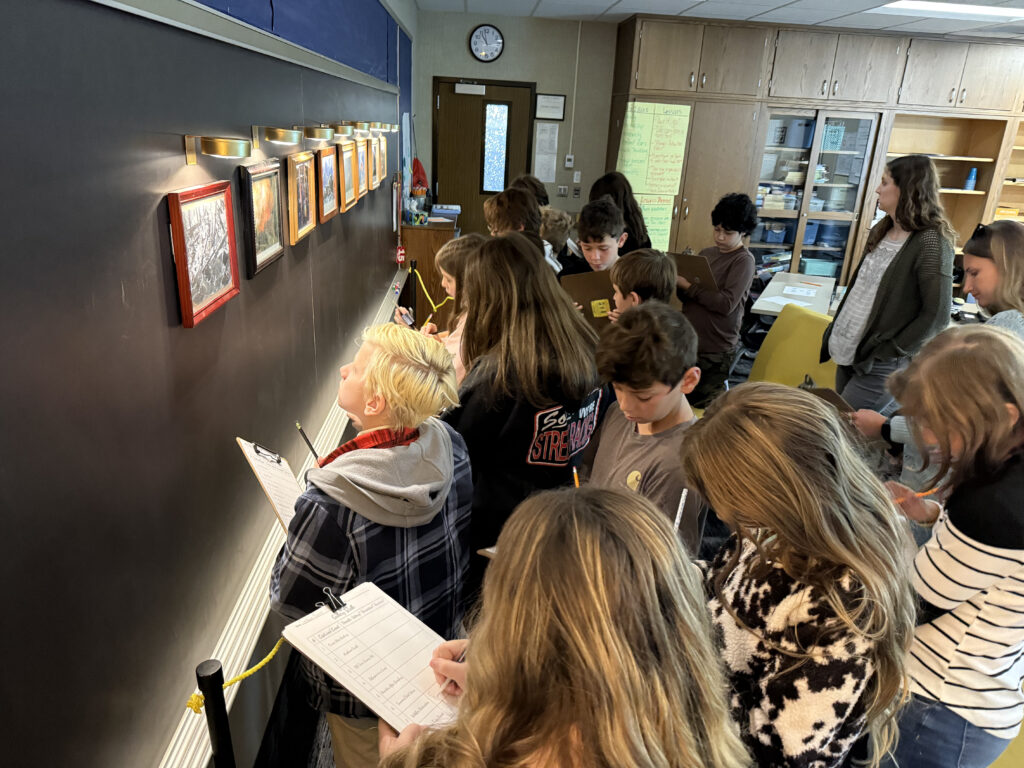
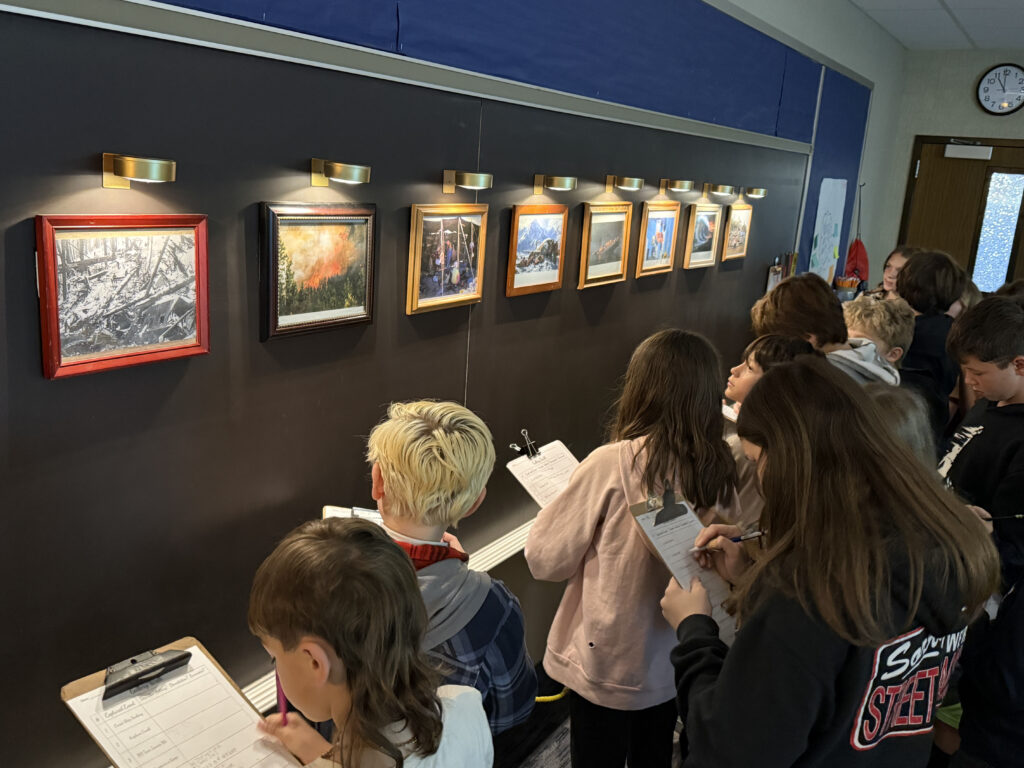
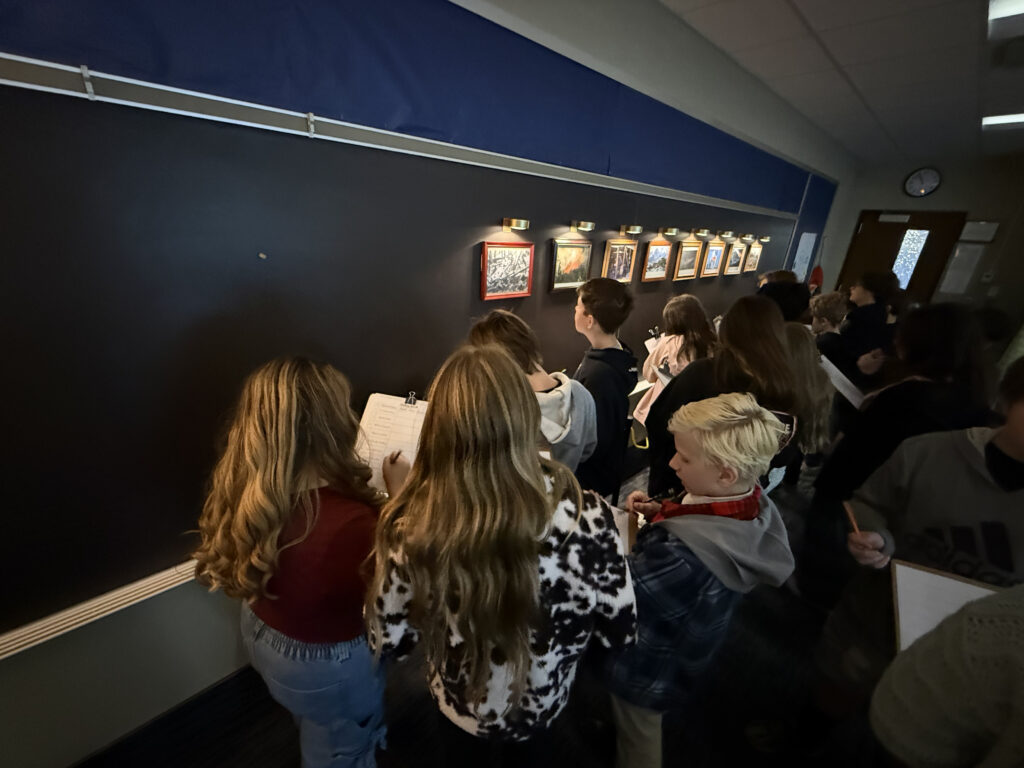
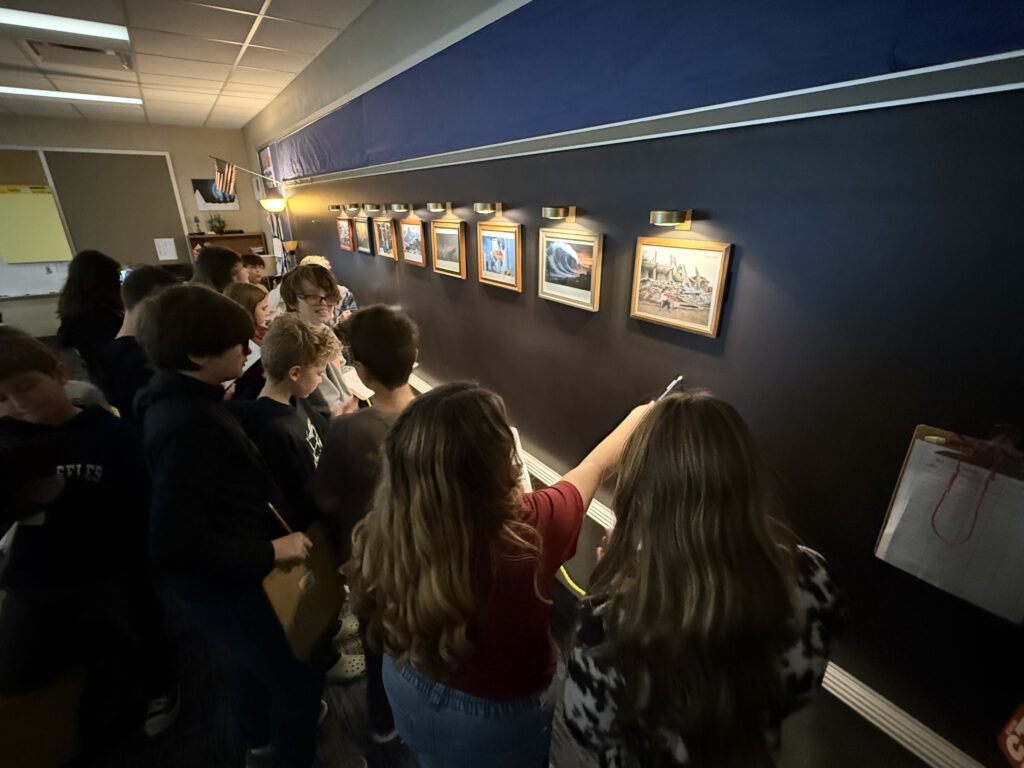
7th-Grade art has begun their themed coaster project! Students learned about themes in art and how they can be used to create harmony in designs and collections. For the project, students designed four different coasters using a singular theme. This week, students began working with clay, learning the basics of slab making. From there, they created slabs, transferred their designs from the paper to the clay surface, and worked to carve out details of the design.
